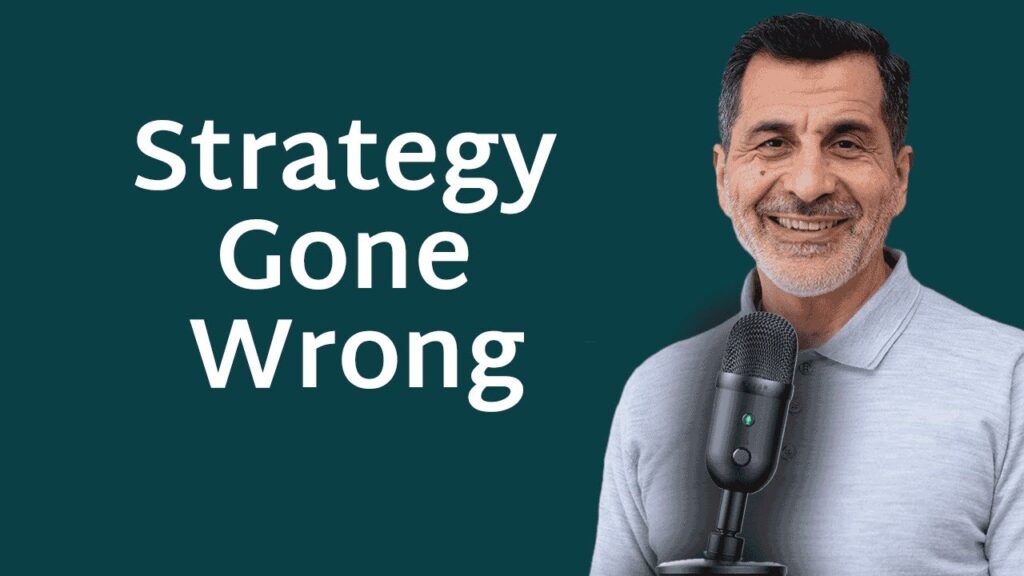Conducting a Market Analysis for Your Business Plan

Most of the 6 parts of a business plan are pretty straightforward. But other sections seem to give some entrepreneurs trouble. With a professional services business, you clearly understand your expertise and even the market at large. You know who your clients are and have a fundamental grasp of the major players in the arena. But how do you conduct a market analysis and present that information in a business plan?
Depending on your business, the market analysis comprises two major components. The first is understanding your audience. The second, understanding the market and the competition.
Market Analysis Part 1: Who is Your Target Audience?
The most important component of the market analysis is understanding your target audience. Answer these questions: What is the size of this audience? How many are likely to need your specific service? Are you serving a specific geographic area, locally, nationally, or internationally?
You can begin simply by looking at U.S. Census Bureau statistics for the area you plan to serve, or access information from market research firms like Nielsen, IQVIA, Kantar, or Gartner. While these firms offer powerful market insights for global brands, they also provide broad, generic, but valuable audience information.
There are also digital research tools like SE Ranking, SEMRush, or Similarweb. You can use these tools to perform an in-depth analysis of digital trends in the market and, later on conduct a detailed analysis of your competition.
Of course, you can also you a free tool such as Google Trends to get a feel for how the trends of your target audience might shift. I’m sure Blockbuster could have used this tool had it been available to show Netflix’s growing popularity:
Research and document all demographic aspects of your target audience — your prospective clients — that you can think of. Their age bracket, gender mix, their level of education, household income, lifestyle, interests, hobbies, professional associations, and geography are all important factors to consider if your business is B2C.
For B2B audiences, demographics can be tricky. The buyer persona could be a founder of a small company, or a purchasing manager for a multinational firm, and they come from a variety of backgrounds.
For B2B, consider the people who are involved in the purchasing decision, and the problems they’re attempting to solve. Ask what are their roles within their organization, which department controls budgets, the budget size, who is the decision maker, and what these buyers look for in a vendor.
Also, you might consider firmographics, which is information such as annual revenue, number of employees, cultural/organizational behavior, locations, growth trends, and the vertical the business is in.
Besides this information, you’ll also want to dig deep into psychographics, which includes their needs, values, attitudes and beliefs. In other words, you’ll want to home in on the problem they have, solutions they’ve tried, what might annoy or frustrate them about other solutions they’ve tried, as well as their awareness of both the problem and solutions that exist in the market.
And while hard numbers and factual information from reliable sources are important, sometimes the best data comes directly from the people in your audience. I frequently advise entrepreneurs who are in the thinking stage of their business to go talk to 50 or 100 people in their audience. Take the engineers, founders, executives, or purchasing managers out for coffee, ask for a quick Zoom meeting, or pick up the phone and call them. Ask your network for introductions.
When you’re with them, ask them what they look for in a vendor or supplier like you? What positive experiences have they had? What disappointments or frustrations have they experienced in working with others? What services did they wish was offered or how well were their expectations met?
And then listen, ask probing questions, and take lots of notes. When you interview a fair number of people within your target audience, you’ll see patterns and opportunities. Yes, the quantitative data from the sources listed above is important. However, the qualitative data you collect from interviews such as these and any polls, surveys, and other contacts you can make with this audience are equally important.
Market Analysis Part 2: Who or What is Competing In This Space?
A near-complete understanding of your target audience will help you clarify how to serve them, but it’s only half of the picture. You’ll also need to analyze the market itself, looking at what companies, individuals, and other entities are solving this problem for your audience.
Some people think their business is so disruptive, they have no competition.
Not true.
As an example, let’s say you’re in the restaurant industry and want to serve a menu of delicious items from a long-forgotten culture. No one has ever offered this food before. Do you have competition?
Yes.
Your competition is still any other location people can get a meal — food trucks and street vendors, that Michelin Star rated restaurant, or them just making Kraft Mac & Cheese at home. Unless your target audience is unaware of the problem (not a great situation for your business startup hopes), then people are already attempting to solve this problem or challenge.
With that in mind, market analysis includes developing a full understanding of the market space you’re entering. Things you want to ask when you look at the broader market are…
- What solutions are offered today?
- What’s the size of that market?
- What opportunities exist?
- Who are the players — both newcomers and those established with firm footholds?
How is the current market timing? For example, deciding to become an Adobe Dreamweaver (website building software) consultant in this age of easy DIY platforms like WordPress and Squarespace is probably a bad idea.
Become a market scout. You can begin by reading every page of your competitors’ websites, download their mobile apps, read or watch their content, and search online for reviews about what the audience loves and loathes about this product or service.
This is where some of the digital analytic tools mentioned in Part 1 come in handy. Some of these tools will allow you to do complete analyses of the competition’s websites including their current SEO strategy, paid ads, quantity and quality of their backlinks, keyword rankings, and the level of their social media engagement, and even offer a better understanding of the entirety of their content marketing strategies.
You can go a step further and scout the competition’s pricing. Talk to people who are selling or buying within that market. Ask your network if they’ve worked with one of these companies and request copies of proposals. Hop on social networks like Reddit to get honest (because they’re anonymous) opinions about pricing and customer experience.
Talk to the competition’s ex-employees to get the inside scoop. What’s the culture like? Why did they leave? What did they love about what they were doing and what needed improvement?
Attend industry conferences and walk the exhibit hall, absorbing every nuance of the market and get to know the key players.
A solid market analysis requires time and effort, but without it, your business plan will not stand up to scrutiny.
Market Analysis Part 3: Presenting the Data in Your Business Plan
After going through all the target audience and market data you’ll be processing and collecting, you might feel overwhelmed. It begs the question, what should you actually include in your business plan?
A business plan shouldn’t be as dry and unwelcoming unappealing as a tax bracket table. When presenting your market analysis data, you want to make sure that it is clear and, concise, but also and visually appealing.
Whenever possible, use visual aids. Incorporate charts, graphs, and tables to present your data in a visually appealing and easy-to-understand format. Depending on your plan’s audience, this can be as simple as filling in some pre-design tables on a design app like Canva, using Google Sheets, or hiring a graphic designer.
Also, numbers by themselves don’t tell the entire story. When it’s necessary, provide context when presenting your data to help the reader understand what they mean. For example, explain industry trends or compare your data to benchmarks or industry averages.
Once in a while, you’ll discover some salient insight in your research. Highlight these key findings. This will help to grab the reader’s attention and provide a scannable, storytelling overview of the data.
And with this plethora of numbers, contexts, highlights, and charts, be sure to organize your data logically. Present it in clearly delineated sections, such as industry trends, target market demographics, and competitive analysis. You want to make it as easy as possible for the reader to navigate your analysis.
As the saying goes, be brief, be brilliant, be gone. Avoid overwhelming the reader with too much information. Focus on the most important findings and present them in an easy-to-digest format.
Finally, make sure you provide recommendations for your business, such as new target markets or marketing strategies you will pursue considering your discoveries. Show that you have thought critically about your findings and have developed a plan for how to use them to drive success.
Key Takeaways
Understand your target audience.
- What is the size, need, area?
- Get data from reliable sources including government, research firms, and digital analytics.
- Cleary identify your audience’s demographics
- B2C: age bracket, gender mix, education, household income, lifestyle, interests, hobbies, professional associations, and geography.
- B2B: their role, department, budget size, decision makers, and what they look for in a vendor. Plus, firmographics: annual revenue, number of employees, culture, locations, growth trends, and their vertical.
- Discover the audience’s psychographics: their needs, values, attitudes and beliefs around the problem and solution.
- Interview and/or survey many people within your target audience.
Competitive Analysis
Decide…
- What solutions are offered today?
- What’s the size of that market?
- What opportunities exist?
- Who are the new and old players?
- Is the timing right?
Scout the market…
- Read competitors’ websites
- Download their apps
- Check out their content
- Search for reviews and opinions
Present Your Data
- Use visual aids with charts, graphs, and tables.
- Provide context around the numbers — compare to benchmarks or averages.
- Highlight and summarize key findings.
- Organize your data into sections.
- Be concise to avoid overwhelming the reader with too much data.
- Provide recommendations for your business to show you have thought and planned around your findings.




